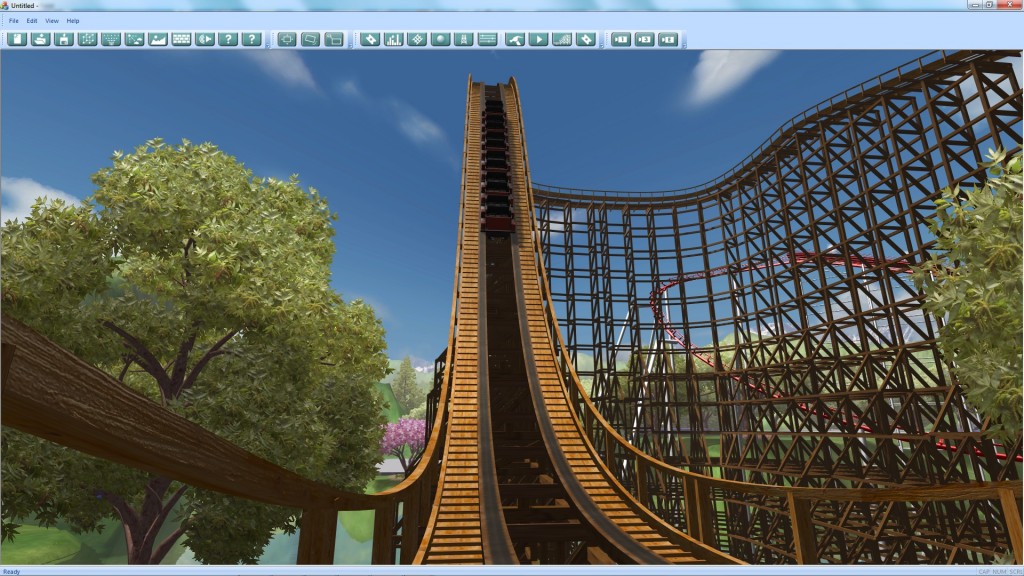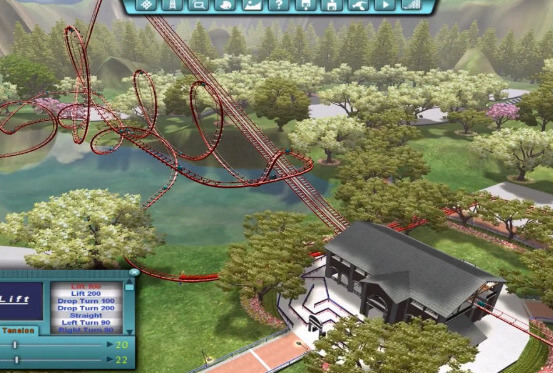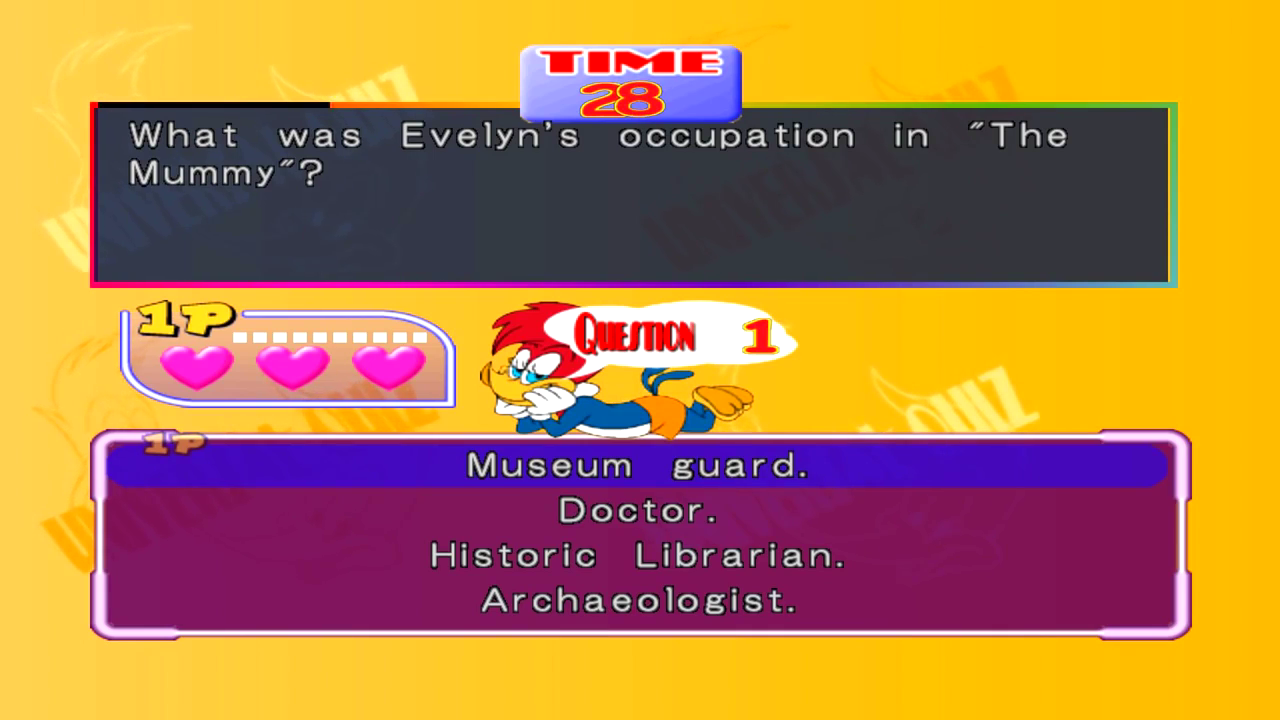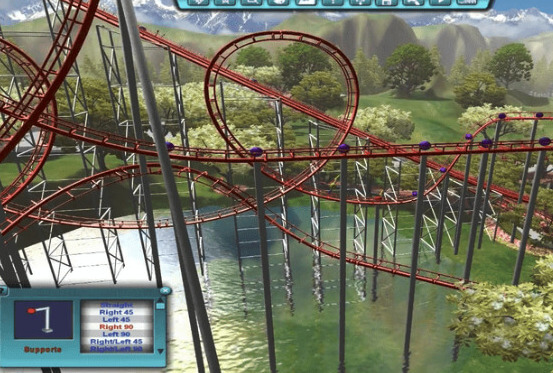

The aim of the study is to assess the architectural design layout of the hospital and its implication for wayfinding. Consequently, users' usually have the challenge of navigating to the desired destination with frustration in the hospital environment. As a result of their serviceable organisations' complexity and architectural configuration, it has exacerbated the wayfinding experience of first time unfamiliar users of the hospital environment.

Teaching hospitals are large scale, complicated healthcare facilities. Wayfinding refers to one's ability to know where he or she is (origin), how to get to the place (path) and recognising the destination on getting there.

Australia, 2) Universal Studio Japan, 3) Flamingo Land, Molton, North Yorkshire, England. Examples of theme parks that been practiced using this movement: 1) Movie World, Warner Bros. Components such as lighting, sound and textures are part of navigation and rotations in wayfinding. Most decisions in wayfinding are actually based on information on architectural elements such as entrances to the building, transition points one zone to another, exits, path and stairs.

Thirdly, is to make decisions based on what we observed, move ahead in real time and repeat these steps until found the destination. Second, interpret the visual and written information what we saw. First, we access what are we viewing upon reaching on site. Humans make decisions as they move through a space, and that depends on information signage's and clues received as they move. The information-gathering and decision-making processes visitors used to orient themselves and move through space how people get from one place to another. They have a controlled movement and a midsection meeting point. Visitors will not be able to miss any zones areas provision. An example of the axis movement From Figure 3, the Axis formations provides an escalating or point to point pattern.


 0 kommentar(er)
0 kommentar(er)
